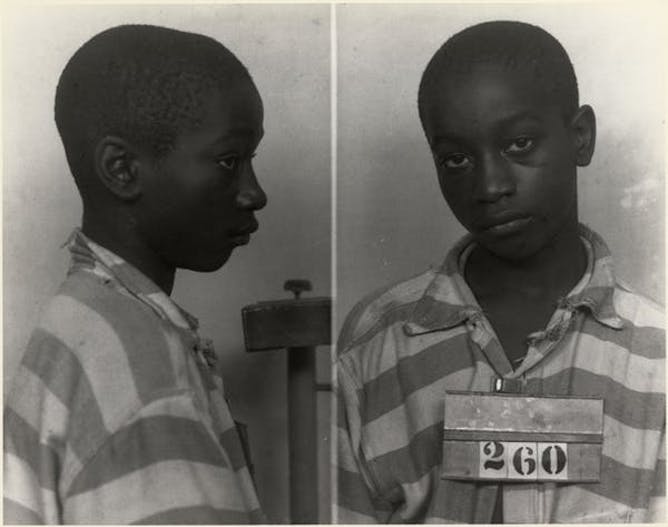|
|
|
Editor's note
|
|
Even though charter schools operate with public funds, their operators – including former and current lawmakers – have found a way to pocket some money for themselves. Education law scholars, Derek Black of the University of South Carolina and Preston Green III of the University of Connecticut, shine some light on the legal loophole that allows charter schools to profit from public money – and make some recommendations on
how to close it.
The Vatican has defrocked Theodore E. McCarrick, a former cardinal and archbishop of Washington, for sex abuse. The decision comes just a few days before the start of a meeting of leading bishops on clergy sex abuse. Case Western’s Brian Clites, who has studied the history of Catholic survivor organizations, writes about how survivors, starting decades ago, have struggled to gain recognition and be heard.
For decades, historian M. Watt Espy Jr. roamed the country, documenting more than 15,000 executions that occured on American soil. His records and many others are housed at University at Albany’s National Death Penalty Archive. Today, James Acker and Brian Keough share a few stories from their collection on a controversial practice.
|
Jamaal Abdul-Alim
Education Editor
|

|
|
Top stories
|

Some charter school operators make profits by leasing space to themselves at unusually high rates.
By Ilya Andriyanov from www.shutterstock.com
Derek W. Black, University of South Carolina; Bruce Baker, Rutgers University; Preston Green III, University of Connecticut
Charter school operators have been capitalizing on lax laws that let them lease building space to themselves at above-market rates. A simple ban could end the practice, two education scholars argue.
|

Survivors Network of Those Abused by Priests protest against clergy sex abuse in Los Angeles in 2010.
AP Photo/Damian Dovarganes
Brian Clites, Case Western Reserve University
The Catholic survivor movement in the United States was founded by two women: Jeanne Miller and Marilyn Steffel, in the late 1980s. It has taken close to 30 years for the Vatican to take action.
|

George Stinney, a 14-year old wrongfully executed for murder in 1944.
M. Watt Espy Papers, University at Albany
James Acker, University at Albany, State University of New York; Brian Keough, University at Albany, State University of New York
The National Death Penalty Archive collects documents and paraphernalia behind the thousands of executions that have taken place on American soil.
|
|
|
|
|
Economy + Business
|
-
Amitrajeet A. Batabyal, Rochester Institute of Technology
China has reneged on past promises it has made to the US. With the deadline for a deal fast approaching, the solution may lie in learning from a global organization the president hates: the WTO.
-
Beverly Moran, Vanderbilt University
The Apportionment Clause forbids a direct tax on wealth. Expanding the 16th Amendment would not only allow such a tax but abolish slavery's last remnant in the US Constitution as well.
|
|
|
|
|
|
From our international editions
|
-
Stuart Reynolds, University of Bath
A recent report warned that insects 'could vanish by the end of the century'. Here's why that would cause a collapse of nature.
-
Andrew Coates, UCL
Rovers including 'Rosalind Franklin' will pick up where Opportunity left off – trying to answer the question of whether there is, or ever has been, life on Mars.
-
Fransjohan Pretorius, University of Pretoria
A British Conservative MP has brought concentration camps during the South African War back into the spotlight.
|
|
Today’s chart
|
-

 |
James Acker
University at Albany, State University of New York
|
 |
Brian Keough
University at Albany, State University of New York
|
| | | |
| |
|
|
|
|
|
|
|